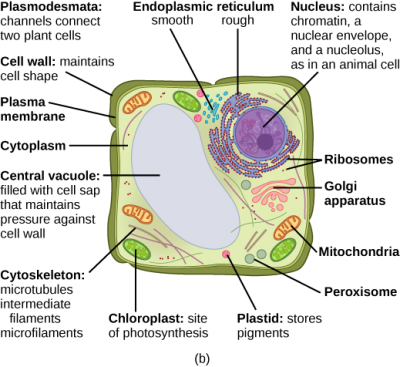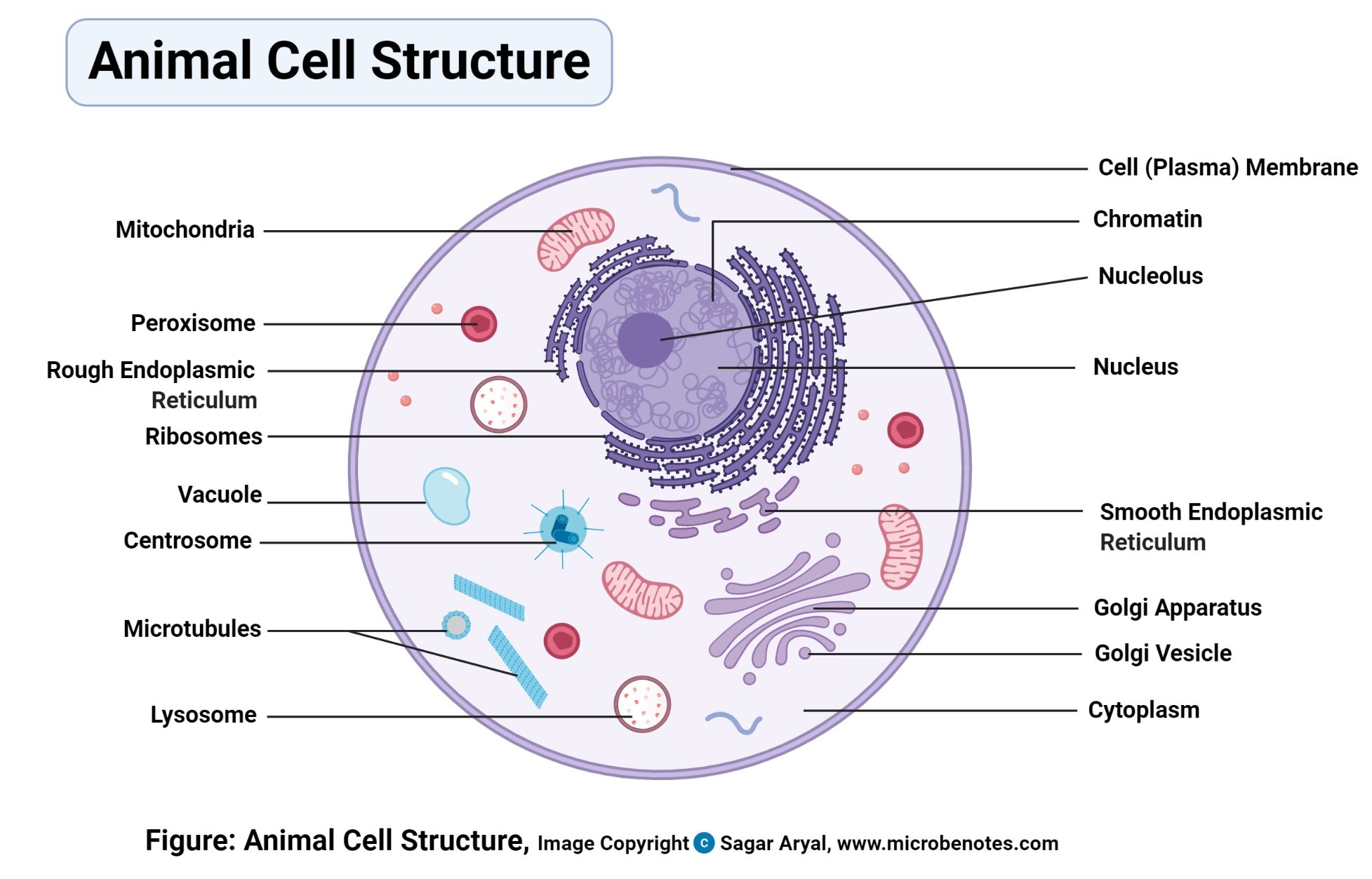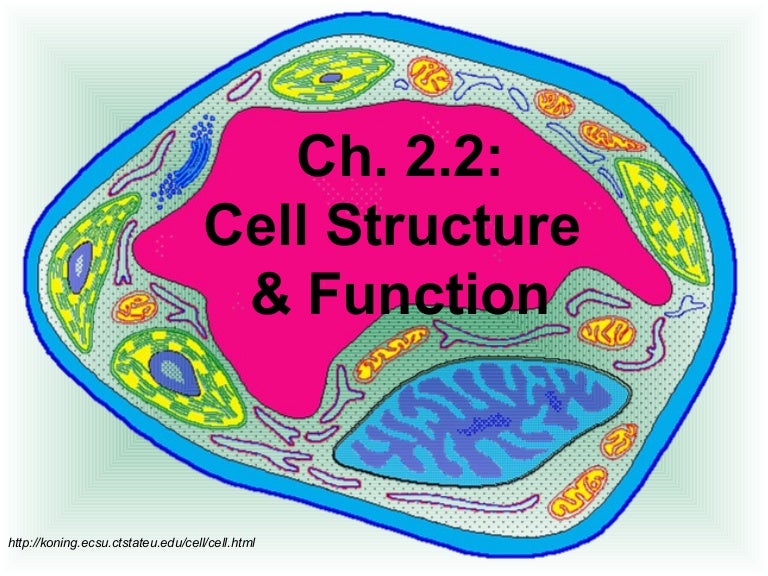In Plants, Cell Walls Contain This Macromolecule To Help Maintain Structure
Cell walls are made up of carbohydrates such as cellulose hemicellulose and pectin and a complex organic polymer called lignin. The cell wall is made of cellulose - perhaps the most common natural polymer on Earth.
Cell Structure And Function Source: mandevillehigh.stpsb.org
The cell wall is made of layers of different celluloses - along with other molecules eg peptidoglycans and pectins - to increase the strength of the cell wall.

In plants, cell walls contain this macromolecule to help maintain structure. The plant cell wall comprises proteins polysaccharides and cellulose. It is simply an accumulation of large amounts of RNA and proteins of the types found in ribosomes. Plant Cell wall is a tough layer which is made up of cellulose glycoproteins lignin pectin and hemicellulose located outside the cell membrane.
The formation of the cell wall is guided by microtubules. The cell wall in plants is composed mainly of cellulose and contains three layers in many plants. Cosgrove 2001 Wall structure and wall loosening.
Carpita and Gibeaut 1993 Structural models of primary-cell walls in flowering plants - consistency of molecular structures with the physical properties of the wall during growth. The plant cell wall. Within cells small organic molecules are joined together to form larger molecules.
The cell wall is mainly composed of carbohydrate rich materials. When nutritional information refers to dietary fiber it is referring to the cellulose. The primary function of the cell wall is to protect and provide structural support to the cell as well as protecting the cell against mechanical stress and to provide form and structure to the cell.
The major components of cell wall are cellulose pectins hemicelluloses proteins and phenolics. Providing mechanical strength support and rigidity to the cell. The plant cell wall is also involved in protecting the cell against mechanical stress and to provide form and structure to the cell.
The cell walls of plant cells help them maintain turgor pressure which is the pressure of the cell membrane pressing against the cell wall. The cell wall is located outside the cell membrane. However animals and protozoans do not have this type of structure.
Vacuoles are reservoirs in plant cells that help maintain water balance. There are many forms of cellulose each with a different function. The large central vacuole is surrounded by its own membrane and contains water and dissolved substances.
You can find cell walls in both prokaryotes and eukaryotes and they are most common in plants algae fungi and bacteria. While the chief component of prokaryotic cell walls is peptidoglycan the major organic molecule in the plant cell wall is cellulose a polysaccharide made up of long straight chains of glucose units. Its primary role is to maintain pressure against the inside of the cell wall giving the cell shape and helping to support the plant.
It is the outermost protective layer of a plant cell having a thickness of 20-80 nm. The main functions of the cell wall are to provide structure support and protection for the cell. The cell wall is a biphasic structure consisting of relatively rigid cellulosic microfibril embedded in gel-like non-cellulosic matrix.
The plant cell wall is composed of cellulose. The cell wall is an additional layer of protection on top of the cell membrane. View Test Prep - Quiz 2B from BSC 2005L at University of Florida.
Bacterial cell walls are composed of peptidoglycan. In plants cell walls contain this macromolecule to help maintain structure peptidoglycan chitin Correct. Chapter 5 The Structure and Function of Macromolecules Lecture Outline.
The three layers are the middle lamella primary cell wall and secondary cell wall. These large macromolecules may consist of thousands of covalently bonded. Ability to take in the resources to create the energy to make new cell materials A boundary within which to contain that material ie.
Providing shape to the plant. Single cells evolved approximately 35 billion years ago Genetic material ie. A look backwards and forwards.
The Molecules of Life. Ideally plants cells should have lots of water within them leading to high turgidity. Cellulose is a structural carbohydrate and is considered a complex sugar because it is used in both protection and structure.
Nucleoli The nuclei of most cells contain one or more highly staining structures called nucleoli. The primary function of the cell wall is to protect and provide structural support to the cell. Plant J 3 1-30.
The nucleolus becomes considerably enlarged when the cell is actively synthesizing proteins. It also filters the molecules passing in and out of the cell.

Cell Structure Function 2 2 K Source: www.slideshare.net

The Cell And Cell Structure Quiz Test Quiz Accurate Personality Test Trivia Ultimate Game Questions Answers Quizzcreator Com Source: www.quizzcreator.com

Pearson Prentice Hall Web Codes Learning Science Teaching Biology Science Cells Source: www.pinterest.com

Animal Cell Definition Structure Parts Functions And Diagram Source: microbenotes.com

Plant Cell Definition Labeled Diagram Structure Parts Organelles Source: microbenotes.com
